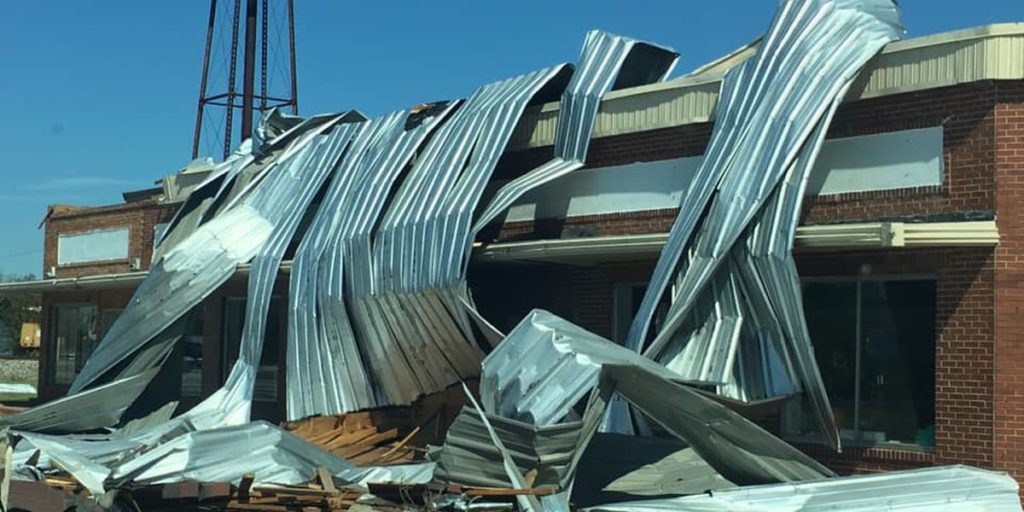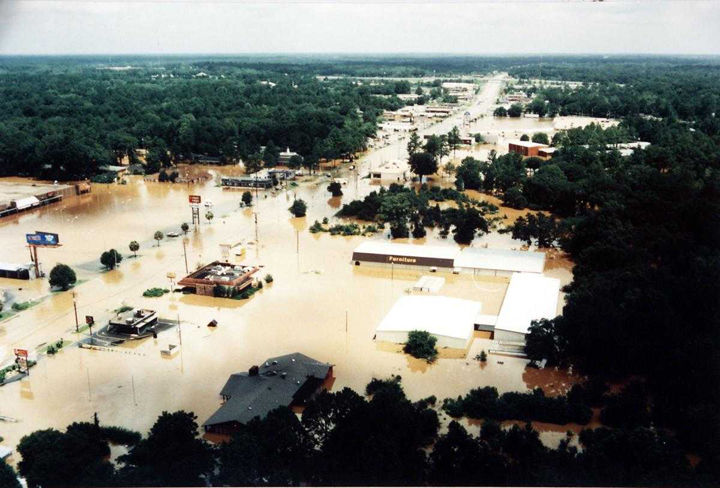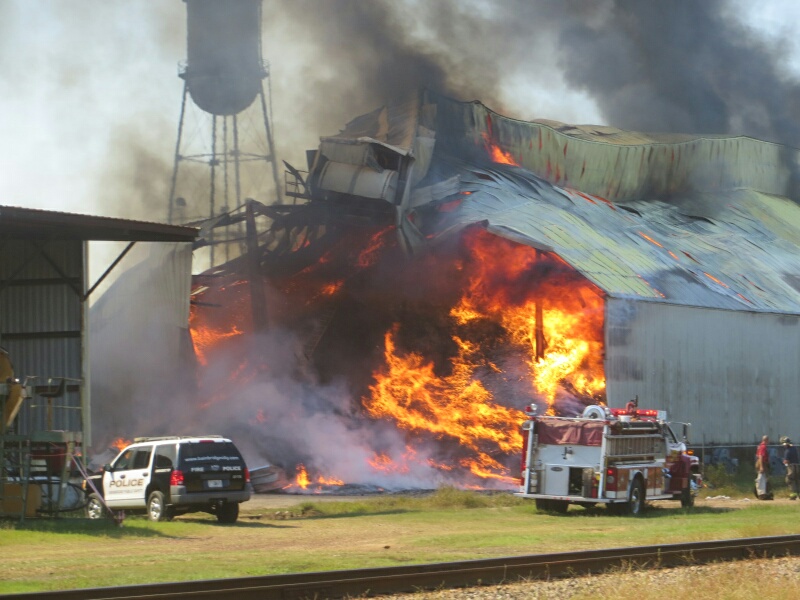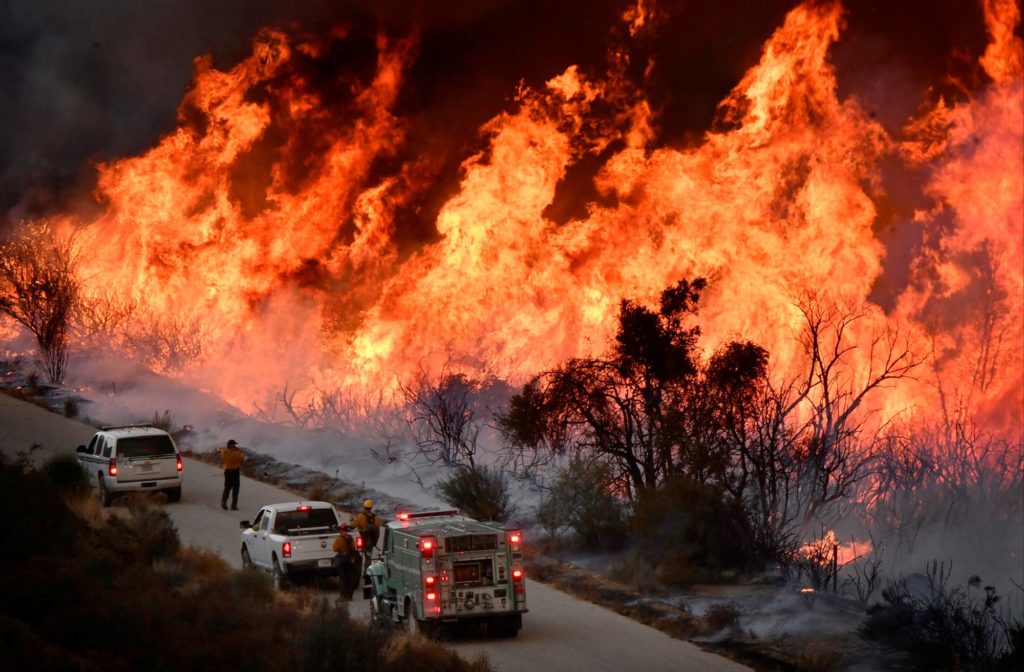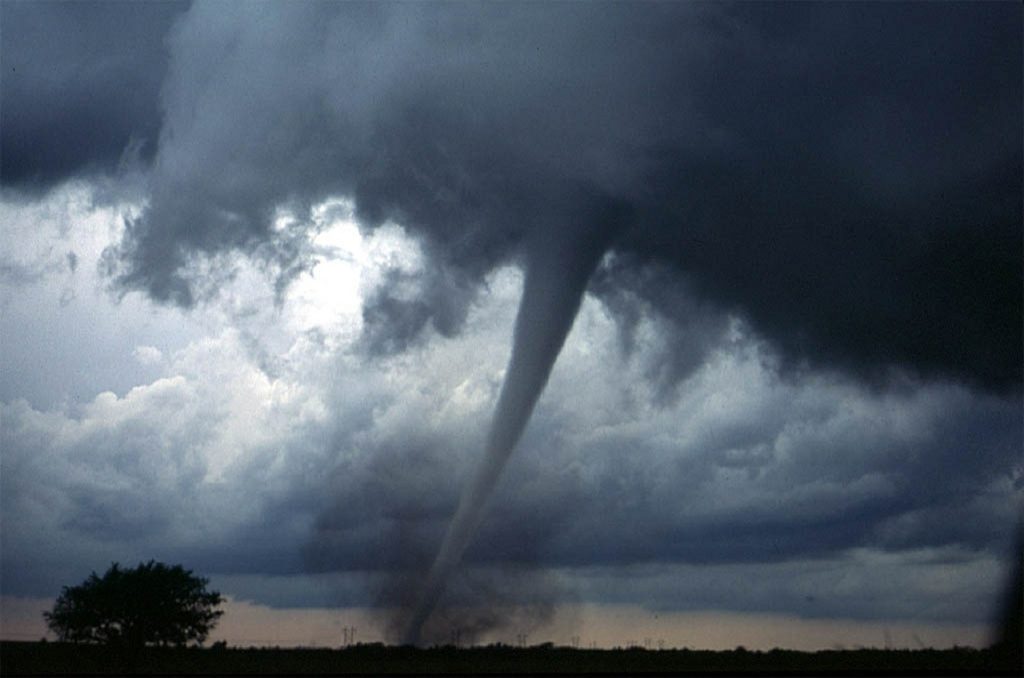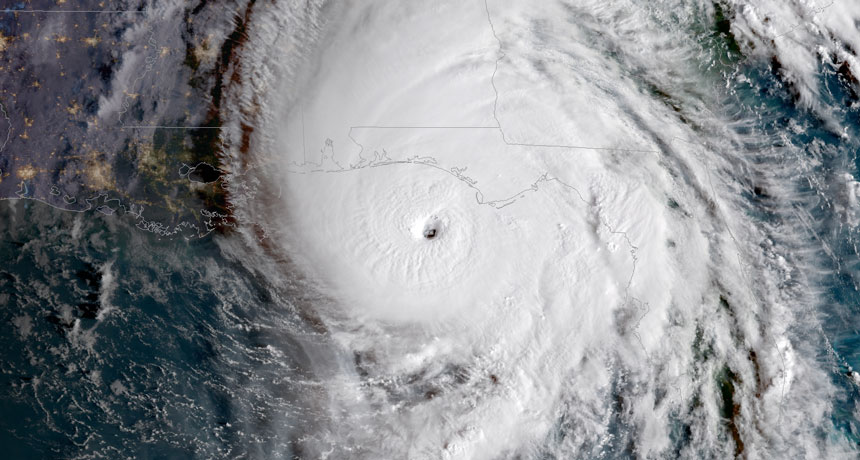WHAT IS EMERGENCY MANAGEMENT?
Emergency management is the discipline of dealing with and avoiding risks, particularly those that have catastrophic consequences for communities, regions, or entire countries. It is the dynamic process of preparing for, mitigating, responding to and recovering from an emergency. Planning, though critical, is not the only component. Training, conducting drills, testing equipment and coordinating activities with the community are other important functions. Effective emergency management relies on the integration of emergency plans at all levels of government and non-government, including individuals and community organizations.
WHAT IS AN EMERGENCY?
An emergency is any unplanned event that can cause deaths or significant injuries to the public; or that can disrupt operations, cause physical or environmental damage, or threaten the financial standing of businesses and institutions. Obviously, numerous events can be “emergencies,” including:
• Wildfires
• Hazardous materials incidents
• Floods or flash floods
• Hurricanes
• Tornadoes
• Winter storms
• Earthquakes
• Communications, public transportation, or electricity failures
• Radiological accidents
• Civil disturbances, terrorism, war
• Loss of key suppliers
• Explosions
THE FOUR STAGES OF
EMERGENCY MANAGEMENT
Mitigation
Mitigation is taking action now—before the next disaster—to reduce human and financial consequences later. It involves analyzing risk, reducing risk, and insuring against risk. Effective mitigation requires that we all understand local risks, address the hard choices, and invest in long-term community well-being. Mitigation is achieved through regulations, local ordinances, land use, and building practices.
Preparedness
Preparedness is a continuous cycle of planning, managing, organizing, training, equipping, exercising, creating, monitoring, evaluating and improving activities to ensure effective coordination and the enhancement of capabilities of concerned organizations to prevent, protect against, respond to, recover from, create resources and mitigate the effects of natural disasters, acts of terrorism, and other man-made disasters
Response
The response includes the mobilization of the necessary emergency services and first responders. This is driven by the type and kind of emergency and is likely to include the first wave of core emergency services, such as firefighters, police and ambulance crews. They may be supported by a number of secondary emergency services. A well-rehearsed emergency plan makes rescue and response more efficient.
Recovery
The aim of recovery is to restore the affected area to its previous state. It differs from response in its focus; recovery efforts deal with issues and decisions that must be made after immediate needs are met. Recovery efforts are primarily concerned with actions that involve rebuilding destroyed property, re-employment, and the repair of essential infrastructure. Efforts should be made to “build back better,” with a goal to reduce risks inherent in the community and infrastructure.
